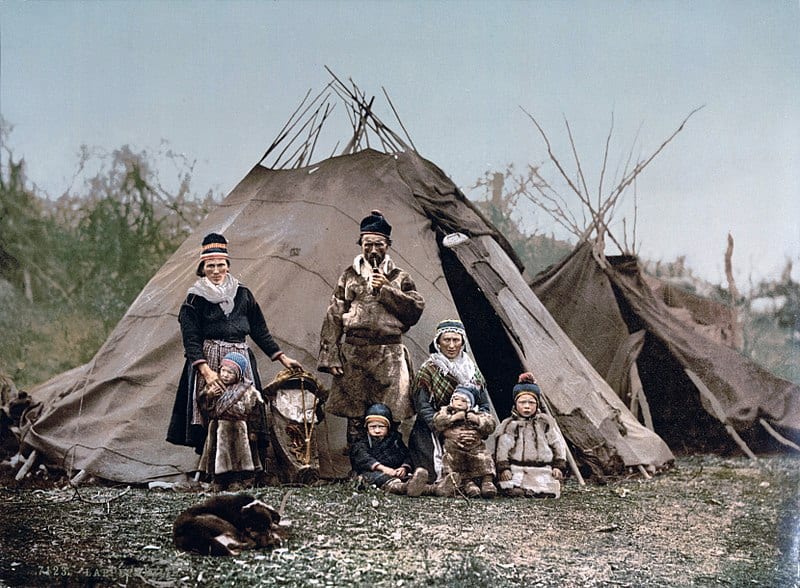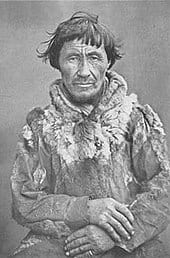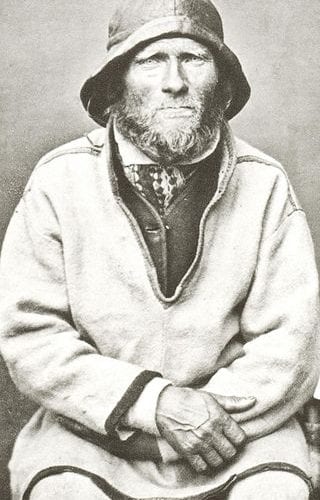If we think of indigenous cultures, we automatically think of native America, or the Aboriginal people in Australia, maybe our mind wonders off to the Mayans and Aztecs… Whichever it may be, associations with native culture hardly ever lead us back to the European Celts, Germanic tribes or Saami people, although their descendants still exist in Europe today. Maybe one of the main issues is the contested and stereotypical concept of what it actually means to be an indigenous person within Judeo-Christian context.
Throughout history, European intellectuals have often used the word indigenous as a placeholder for what they referred to as ‘primitive’ or ‘uncivilized’. Many think this is done as a means to emphasize the differences of these tribes with Western society. However it may be, in anthropological terms, the word indigenous doesn’t mean any more or less than a species being produced, growing, living, or occurring naturally in a particular region or environment.
Whereas the word ‘primitive’ could be best applied to the hunter-gatherer that roamed the European planes 8.000 years ago; uncultured, unorganized and without a sense of economic or technological advancement. Surely, none of this can apply to the relatively well-structured organization and rich cultural heritage of many tribal people, living in balance with their natural surroundings.
Moreover, if we trace back the roots of civilization, we don’t end up in the western hemisphere, but we end up in Mesoamerica or North Africa and the Middle East about 10.000- 8.000 years ago. Any form of technological advancement or mathematical and agricultural know-how came from the Near East when migrants from now Syria, Israel and Lebanon spread out over the European continent and interbred with the dark-skinned and blue-eyed hunter-gatherer approximately 5.000 BC.
Back then, these people were fairer skinned then Europeans, mixing together into what is called the Caucasian race. The introduction of agriculture meant the start of what we call European civilization, this is when people began to organize into tribal communities, like the Celtic, Germanic and Saami, travelling from one place to the other.
So What is Europe’s oldest living tribe?
The Saami seem to be the oldest native Europeans still existing within tribal context today. Their culture can be traced back about 6.000 years ago when they travelled between a big part of what is now called Scandinavia and Russia. These people still live and herd their reindeer in the same areas. Many have found it striking how dissimilar the features of Saami people can be, some look very caucasian, however, a lot of them also look strikingly Mongoloid or Asian.
Moreover, when compared to other European tribes, it seems their cultural customs bare more resemblance to natives from Asia than the ones from ancient Europe. This could be easily explained by the proximity of Asia, there might have been some form of exchange. However, a Harvard research into the genomes of 2.345 present-day Europeans has given some very interesting clues as to what might have caused these resemblances.
David Reich, leading the medical study, found that apart from ancient hunter-gatherers and people from the Near East, a third population was needed to capture the genetic complexity of modern Europeans. When compared to the DNA of 9 ancient Europeans, the body of a 24.000 years old hunter from Siberia gave him the missing piece to the puzzle. It turns out the boy was related to Native Americans, belonging to the Mongoloid race. This probably explains why hunter-gatherers were more fair-skinned than the people invading Europe from the Middle-East thousands of years ago, it also explains why the Saami have so much in common with Native American culture and a lot of Shamanistic influence. Watch this clip by Hidden Human Story to get a bit more context.
Two members of the same Saami tribe in Norway (1884):
Possibly more importantly, Reichs’ study supports a pre-mature theory into very early contact between the Americas and Europe, likely made possible by the technical advancements of an early Native American civilization able to cross over. This previously unknown ancestral lineage is now called Basal Eurasian, making it increasingly difficult to uphold a definition of what it means to be indigenous. Certainly in the case of Europe, it seems everyone is the product of outside influence instead of ‘simply’ the product of natural circumstances. The conclusion is that we’re all interlinked ever since the beginning of human existence.
Read more about the Harvard medical study into the genomes of presentday Europeans, lead by professor David Reich.



